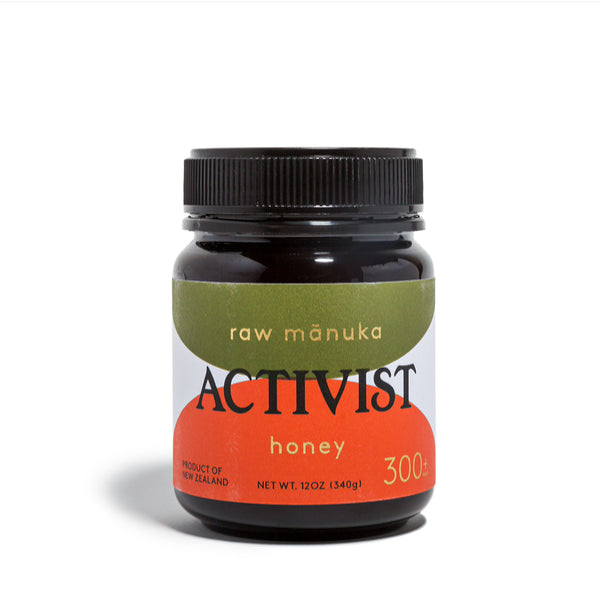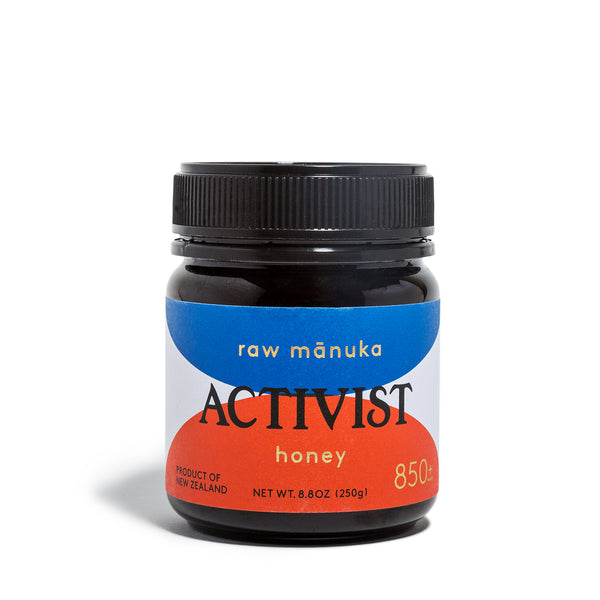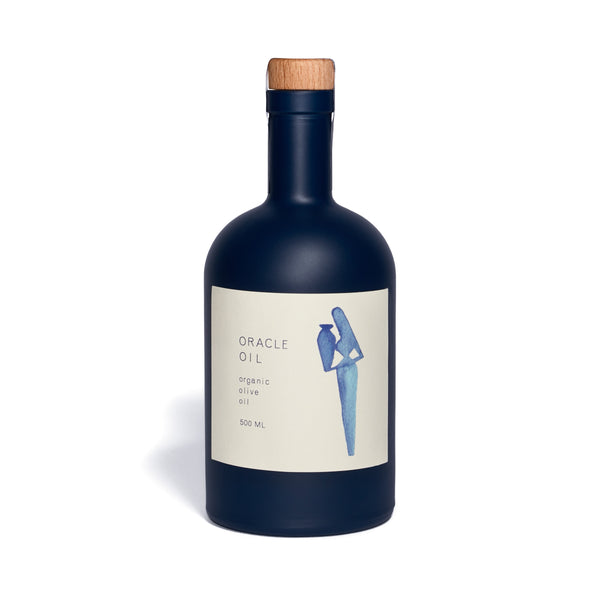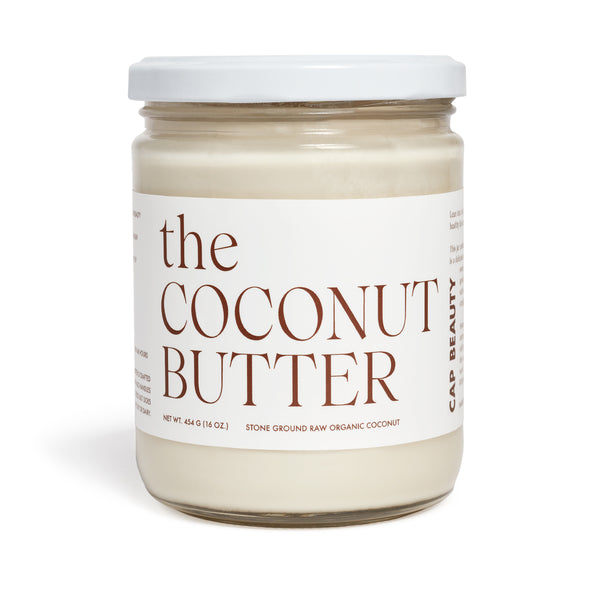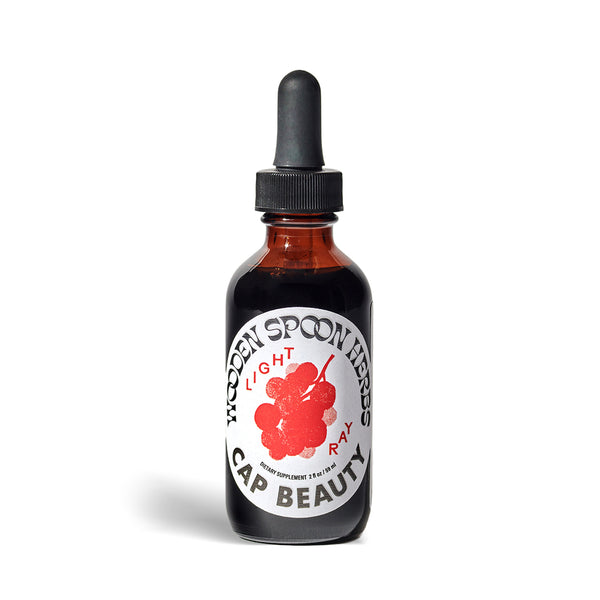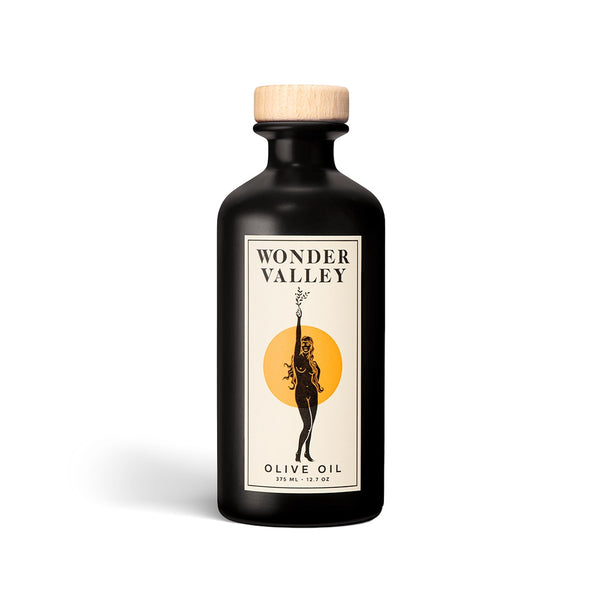What is your food philosophy?
That’s a difficult thing to articulate! I believe in everything in moderation, in supporting your local food systems, in people over profit. I love experiments, nostalgia, food science and food writing. I’m not interested in eating a strawberry out of season, but living in a northern climate it’s too challenging to eat local year-round, which is part of why I love preserving, since it gives me the ability to enjoy some local summer food year-round. But also I live in Canada and am a huge citrus-lover, so that’s a quandry. I adore gardening but am scared of worms (but getting better). I think big change needs to happen high-level but I still try to make good choices as a consumer within my means. I believe everyone should have the right to access healthy food that they like to eat.
What can we expect from your new cookbook, Jam Bake?
First of all, you can expect something I was always so frustrated trying to find when I was learning to make jam—an explanation of the science behind preserving and why we follow the processes we do. I make it fun, I swear! But if people understand the reasons behind the methods, I think they’re so much less likely to make unfortunate or even dangerous mistakes when preserving. Following that, I explain my simplified method for canning jam, jelly and marmalade—it takes the big water bath canner out of the equation and makes jam-making so much easier to fit into a busy schedule.
The recipes that follow are divided into single fruit flavors, duets and flavors containing multitudes. Each jam, jelly, marmalade and fruit butter is accompanied by two pastry recipes that incorporate it, ranging from every day fare (like kamut muffins with grapefruit, almonds and poppyseed streusel) to showstoppers (such as a rye roulade filled with black currant & cherry jam, whipped milk chocolate ganache and glazed with dark chocolate & cassis).

How do you start the day?
I’m turning into my father—even when I had to be at work at a bakery at 6am last year I would still get up early enough to drink a coffee and read before leaving. Taking some time to enjoy myself every morning is really worth going to bed earlier. Since the pandemic started I now have a new habit of reading the news every morning, but now it just keeps me informed instead of feeding my anxiety (usually). Ideally, I have time to read the news and then a chapter of whatever book I’ve got out of the library. Then I have a smoothie (always the same—whole orange, raw almonds, kale, chia, frozen raspberries and mango, and yogurt) and get started on my day.
If my partner didn’t have to leave for work so early I think we would do yoga and work a bit in the garden every morning, as we do on weekends.
You have mastered the art of preserving. How did you get into preserving foods and what tips can you share with us?
I grew up lucky enough to get to regularly eat delicious preserved foods made by my grandmothers, but I never learned how to do it from them. It wasn’t until I was a pastry cook in Montreal that I started getting interested in canning my own jam and marmalade. I worked in a high-end restaurant were so much of what we made had such a short shelf life that I think preserving really gave me something to balance that out. There is nothing I love more that in season fruits and vegetables, so being able to fill up my cupboard with jars of them as a young 20-something was really satisfying. I got hooked! Soon I was making so much that ended up starting a preserves company called Preservation Society.
The best tip I can give is to do some reading or take a workshop before getting started. There are some steps that are important to follow to ensure the safety of your preserves; I’ve seen people just make things up to very ill effect. After that it mostly comes down to practice, just like almost anything else. Read! Try new techniques, new produce! Enjoy the process. To add to that, though, people often have a misconception that you have to make huge batches of things when you can, but sometimes I just make a few jars, especially if it’s something new. It’s great to have extras to give as gifts, but ultimately you don’t want to make too much more than you’ll eat.

What's always in your fridge?
Our fridge is so well-stocked that we actually had to get a small extra one during the pandemic for preserving and baking projects, especially since we were trying to limit our shopping trips to once a week. Ever-present are our breakfast smoothies, homemade kombucha, eggs, Parmesan, miso, pounds of unsalted butter in great numbers, oranges and yogurt for the aforementioned smoothies. Usually there would be a lot of kale too, but since it’s summer we just pick it from our garden as needed, along with zucchini, beans, peas, squash flowers, shishito peppers… There are also a lot of vegetables from my weekly farmer’s market shop, mostly from my friends Aldergrove Farm. Sometimes we trade vegetables for jam.
There are always a lot of preserved staples as well, like cocktail cherries made with local sour cherries steeped in bourbon and sweet vermouth, homemade vin d’orange and blackcurrant cordial, plenty of jam and pickles, chutney and salsa. I am a real condiment hoarder, with various mustards, chili crisps, anchovy sauce, mango pickle… The freezers are full of excess from pastry projects that will be added to future cakes—buttercream, ganache, cake scraps for rum balls. I also make scones and portioned cookies and freeze them, just baking a few at a time for a treat on the weekends or as a last minute gift for a friend. We usually have a lot of homemade chicken stock in there as well. I also have a little wine fridge now as I experiment with keeping a few nice wines to age, and then we always have a cold bottle of white or orange wine on hand.

What’s always in your pantry?
I have a few different pantries!
Of course, I have a very well-stocked pantry full of my preserves. It’s an ever-rotating roster of jams, marmalades, pickles and the like, but there are always dilly carrots, dill pickles, black currant jam, Seville orange marmalade, apricot jam, blackberry compote, applesauce and canned summer tomatoes. Just knowing it’s all there is one of the great joys of my life! So much homemade food at the ready, favorite out of season fruits and vegetables, friends and family members’ favorite jars…
For my baking cupboard, I buy all-purpose flour and sugar in 10 or 20 kg bags then decant them into containers for daily use. Because I bake so much at home, I’m pretty well stocked—2 kg bags of 70%, milk and white chocolates, freeze dried fruit, various sugars and whole grain flours, homemade dried and candied fruit, maple syrup, Italian hazelnuts from my friends’ own grove. I hate to run out of anything and get caught out, so I always have back-ups of baking staples as well.
In our regular pantry we always have plenty of chia and almonds for smoothies, dried and canned beans, lentils, oats, rice, farro, soba and ramen noodles, spaghetti and fregola, tinned sardines and jars of clams. I use grapeseed oil and cheaper EVOO for cooking, then have a finishing olive oil (currently from the amazing winery La Villana) and always many vinegars—sherry, rice, a friend’s homemade red wine vinegar, and a favorite, Niagara tomato vinegar, which I use instead of ketchup. I’m actually not sure where to get it out of food service so I started experimenting with making my own last year with the by-products of tomato canning. Oh, and various varieties of popcorn (we got an Amish popcorn library for Christmas), nutritional yeast and ghee to make our favorite movie snack—Fridays are gay movie night at our house. 
What is your favorite thing to do with jam besides put it on toast?
I suppose it’s unsurprising since I’m a trained pastry chef, but I always tend to bake with it. I like the textural contrasts of including fresh fruit and the same flavor of jam in baked goods. I like that it means I can bake with the flavors of my favorite fruits whether or not they’re in season. The flavor is concentrated and low-moisture as well, so it’s just always pretty easy to incorporate jam into a pastry.
What do you turn to, to make you feel your best: food and all the other practices?
Cooking is what my well-being depends on. I get so much satisfaction from cooking for my partner, my friends and family, from filling the pantry. When I’m baking or preserving I really get into that flow state where I’m calm and at home, mind relaxed. That’s why I feel so passionate about sharing these skills with others through writing or workshops—I want everyone to have access to that sort of feeling.
Otherwise, what makes me feel my best is as much physical activity as possible, whether it’s riding my bike, walking or doing yoga (or, sometimes, Zumba!). I’m so used to working on my feet as day as a cook, so transitioning to more sentient writing work really challenges me if I’m not able to balance it out by moving my body. That said, an entire day spent reading a novel on the couch is heavenly and restorative as well.

Favorite kitchen tool?
The big one has to be my KitchenAid Pro stand mixer. My dad bought it for me in my early twenties when he got a tax refund using my education credits. It was such a generous surprise. I’m not sure they make them like this anymore either. It’s been going strong for almost 20 years, while other people I know have had to replace newer ones.
For the smaller guys, though, I couldn’t live without my digital scale or mini offset spatula!
What ingredient are you most excited about right now?
FRUIT. Although one could say that I’m as anxious as I am excited about it. It sounds strange but I find the summer weirdly stressful—there are so many gorgeous berries and stone fruits that I want to preserve and cook with as much as possible, but I only have so much time. In summer I’m trying to balance work with nice summer getaway weekends to enjoy the weather, while also trying to fit in multiple preserving projects and ardently wishing I could bake a new fruit dessert every day, which obviously isn’t practical. I think that’s what I miss most about working in restaurants and bakeries—getting to work so much with my favorite fruits all summer and so having less of this feeling of absolute scarcity!
What are some of your favorite cookbooks?
I particularly love a cookbook you can read like a novel, taking it to read before bed. La Grotta Ices by Kitty Travers and Brooks Headley’s Fancy Desserts by Brooks Headley come immediately to mind. Anything by Nigel Slater as well, although currently his book Ripe is perpetually on my coffee table as I try to decide what to do with all the summer fruit. Really, I just have too many cookbooks I love—it’s a practical art form I never want to see die. Others that comes to mind are Ottolenghi and Chez Panisse books. Regarding Cocktails by Sasha Petraske. Linda Ziedrich’s preserving books. Edna Lewis. Canal House. The list goes on!
How do you end your day?
In a perfect world, the same way I like to start it—reading! I could just read forever. Except on Fridays when it’s gay movie night & a bottle of wine to share.

“Passionately Peach” Jam
This jam was weirdly inspired by one of my favorite childhood beverages, Five Alive. This take is a lower sugar jam without added commercial pectin. The whole orange, peaches and passion fruit truly create something greater than the sum of their parts and will bring you back to hot summer days even in the depths of winter.
Makes 5 half-pint jars
245 g (1 medium) orange
830 g halved, pitted and chopped peaches (from ~7 medium)
100 g passion fruit pulp (from about 5 passion fruit)
700 g (3 ½ cups) sugar
175 g (1 large) lemon
The night before you plan to make the jam, put the orange in a small pot and cover with water. Cover the pot and bring to a boil over high heat, then reduce heat to medium and simmer for about an hour, until the orange is very soft. Remove from heat and allow to cool in the pot overnight.
The next day, remove the orange from the water and puree in a food processor or blender. Place in a large bowl with the peaches, passion fruit pulp and sugar. Remove the zest from the lemon in large strips using a vegetable peeler then slice into thin strips. Add these to the bowl along with the juice of the lemon. Let macerate for at least 15 minutes (or up to 1 week, covered, in the refrigerator).
Prepare clean jars by placing them upside down on a cookie sheet in a 250F oven. Make sure you have new snap lids and clean ring bands close at hand.
Transfer the macerated fruit to a wide, heavy-bottomed pot. Heat on medium-high and bring to a hard boil, stirring frequently.
When the froth subsides and bubbles become regular and sputter violently, test jam for doneness by putting a teaspoon of it on a plate in the freezer. After two minutes, the jam should have formed a skin that will wrinkle when prodded.
Remove from the heat and ladle into a heat proof measuring jug and pour into clean jars to within 1/4- to 1/8-inch of the rim. Wipe the rims with a damp paper towel if there’s any jam on them, top with new snap lids. Seal as tightly as possible and invert 1 to 2 minutes.
Allow the jars to cool 24 hours, then check the seal before storing somewhere cool, dark and dry, where the jam will keep at least a year.


